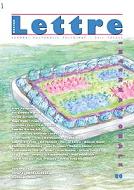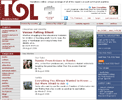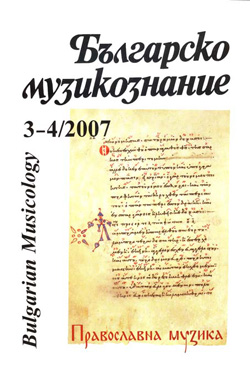
Conversation with Tomas Venclova
A költészet nyelv a négyzeten
Keywords: contemporary Lithuanian literature;
Interview by Erich Klein and Uldis Tirons
More...
Keywords: contemporary Lithuanian literature;
Interview by Erich Klein and Uldis Tirons
More...





Keywords: Hungarian literature
More...

Keywords: contemporary French litearture
On the literary work ofJean Rouaud
More...
Keywords: contemporary Polish literature
On the literary work of Olga Tokarczuk
More...
Excerpt of the novel Der Weltensammler (The Collector of Worlds), Munich, 2006
More...
Keywords: contemporary Polish literature
Excerpt of the novel "Prawiek i inne czasy" (translated by Zsuzsa Mihályi)
More...
Keywords: contemporary Slovak literature
Excerpt of the novel On September 1, 1938, at a fashionable swimming pool in Levice in the centre of Europe, three thirteen-year-old adolescents – Hungarian, Czech and Jewish – decided to compete in a swimming competition to win a claim over a Slovak blonde, Mária. The three friends’ contest for love is repeated in virtually every year of the novel’s progress, but the race never ends in victory. The novel rushes its characters onward through political tribulations, but never allows them to finish the fateful race. Even though the characters’ lives are filled with incredible events, they are never filled with the most sacred emotion of them all – love. Nobody wins Mária and Mária, the most innocent, loses all
More...
Keywords: contemporary Portuguese literature
Excerpt from the novel Deixem Passar o Homem Invisível” (Let the Invisible Man Go Through, Dom Quixote, 2009) narrates the story of a blindman and a child who get washed down the Lisbon sewage system during a flood.
More...
Keywords: Prospects for Belarusian Democracy; Joerg Forbrig; David Marples; Pavol Demes; German Marshall Fund; dictatorships; Silitski; Alyaksandr Milinkevich; EU
Belarus experts look in vain for a Rosetta Stone to decipher the enigma of Alyaksandr the Great.
More...
Keywords: Milosevic; Official Gazette; Freedom of Information; Serbia; independent state office; parliament; Zoran Djindjic
Serbs who want to use the country’s Freedom of Information Act are finding that a law is only as good as its application.
More...
Keywords: Gusar region; Lezgi; ethnic groups; Caucasian language; Rusian language; Azeri Lezgi; textbooks; Sadaqat Karimova
Whether struggling to find educational materials for children or teaching adults how to read, the Lezgi of Azerbaijan are trying to keep their identity alive.
More...
Keywords: extremists; anarchy; internationalist communism; racist; patriotism; nationalist sentiment; Orthodox priests; Lenin; hooligans
Why, unlike their predecessors, are Russia's student extremists targeting the powerless rather than the powers-that-be?
More...
Keywords: European Union; Croatia; Macedonia; Turkey; Albania; Bosnia; Montenegro; Serbia; IPA; PHARE; ISPA; SAPARD; CARDS; European Commission; EU budget; European Parliament
A new, unified EU Balkan aid package is in the cards. It's simpler than the existing five programs, but some argue it's less phare.
More...
This article addresses neumatic signs in the Chrysantine system of musical notation (from 1814), which are part of the class of aphona neumes (great hypostasis), according to late Byzantine neumatic classification. In the neumatic system created by Chrysantos of Madytos, the reformer of Byzantine notation during the Balkan National Revival, out of the nearly 60 aphona neumes only seven were preserved, which functioned as “decorative” signs. They showed “how to ornament the voice and what variations to make in order to introduce beauty into singing” (according to Petur Dinev in his “Handbook for Modern Byzantine Neumatic Notation,” published in Sofia in 1964). Definitions by Bulgarian and Greek publishers from the 19th and 20th centuries are studied regarding the meaning of neumatic signs such as bareia, psefiston, homalon, antikenoma, heteron, entophonon, and stavros. The author concludes that the performative aspect of monophonic liturgical singing from the Revival period onward was not precisely defined, but rather varied according to knowledge about the oral chant tradition. In the author’s opinion, the publications consulted represent only a small fraction of performative possibilities, with the remainder being filled in by Psaltes themselves according to the singing school where there were educated or according to their personal knowledge and preference with regards to tradition. It is this that constitutes the richness and beauty of that “unique art form inspired by God in its very essence,” which has been preserved in Balkan Eastern Orthodox churches.
More...